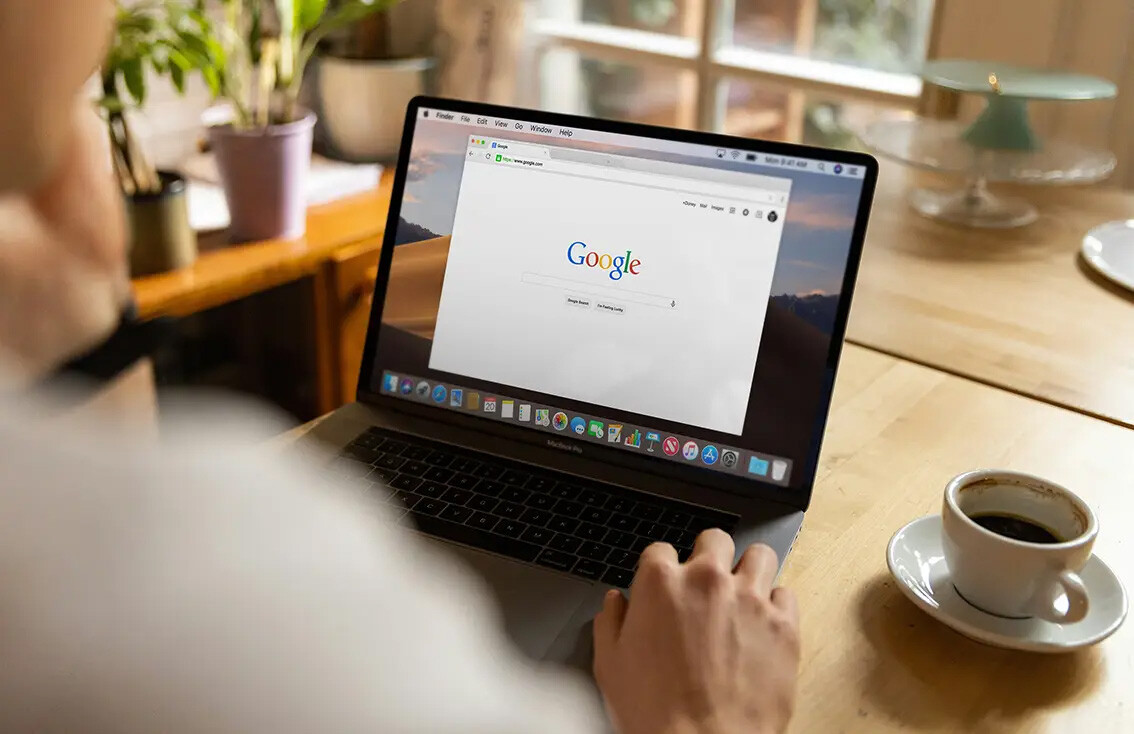How Google’s Removal of Third-Party Cookies in Chrome Will Affect Your RoAS
by Kalina Dancheva on 22.11.2023

*In July 2024, Google announced the cancellation of its plans to deprecate third-party cookies in Chrome, opting instead for a new approach that empowers users to make informed choices about their data across the web. This article was written prior to this announcement.
This isn't just some far-off commitment; the shift is already happening. Safari and Firefox have led the way with Intelligent Tracking Prevention, and Enhanced Tracking Protection respectively, and now Google Chrome is following suit.
This milestone is significant, especially for marketing leaders who depend heavily on programmatic retargeting as part of their media mix. Ad costs are reported to have risen (between 5-10% in 2023), signifying a shift in the economic dynamics of advertising, and the deprecation of third-party cookies will likely lead to a further increase.
The reality of a cookieless future is around the corner, with our recent Global report indicating that 72% of senior marketers say the loss of third-party cookies poses a major challenge for their businesses.
In this blog, we share insights from our in-house expert David Tam. Currently supporting global marketing teams in their transition to a cookieless world, he explains what the future could hold, placing some strategic bets to help CMOs steer through these transformative times.
Implications: How a cookieless future impacts your marketing strategy and RoAS
The removal of third-party cookies is prompting a rethink in RoAS measurement and efficiency.
Marketing teams are exploring new solutions like Google's Protected Audience API, part of the Privacy Sandbox initiative, which David Tam has been involved in from the beginning. This tool is designed to maintain the benefits of programmatic retargeting while incorporating a stronger focus on user privacy.
Additionally, major advertising platforms are moving away from third-party cookie reliance and introducing new functionalities. Google Ads is phasing out 'similar audiences', Meta is focusing on Conversion API (CAPI), and theTradeDesk, along with identity resolution specialists, are developing new identity solutions. These changes signal a broader industry shift towards a privacy-first approach in advertising.
As reliance on third-party data diminishes, the focus turns to 'consented' first-party data, ethically sourced from advertisers, publishers, or ad platforms.
This pivot means there needs to be a recalibration of performance metrics and business goals, especially in addressing funnel leaks and keeping up with growth targets.
Here’s an example from a typical B2C digital marketing funnel:

Consider a marketing funnel aimed at achieving 100,000 transactions. With a 5% conversion rate, reaching this goal requires engaging 2 million prospects at the bottom of the funnel, translating to 10-20 million initial interactions.
Your strategy focuses on advancing these metrics across all funnel stages, heavily relying on data and cookies, even at the bottom. Traditionally, using third-party data to fill the top of the funnel compensates for growth targets and leaks. However, this is a short-term fix, not addressing core issues.

As reliance on third-party data diminishes, addressing mid and lower-funnel leaks becomes crucial. Google Chrome accounts for approximately 60% of internet users worldwide, possibly a higher percentage of your audience depending on your industry and market focus; and so the top of your funnel may shrink.
To achieve your targets, innovative approaches are needed: replenishing the top of the funnel without third-party data and repairing leaks, or ideally, both.
If you don’t replace the traffic currently returning to you through retargeting, you’ll have to spray and pray – pouring much more budget into reaching the same audience as before.
Solutions: Martech, Customer Data Platforms (CDPs) & beyond
In response to these changes, the industry is moving towards subscription models and diversifying martech solutions. Major players like Meta and YouTube are exploring subscription-based services, emphasizing a trend towards ad-free experiences and customer-centric solutions.
For CMOs, this means rethinking strategies to maintain customer engagement and growth. Investing in first-party data capabilities is key to cultivating a direct, personal connection with today’s audiences. It figures that enhanced data collection and analysis methods will inform more effective, targeted marketing campaigns.
Marketers can draw inspiration from industry sub-verticals that are already forging successful data partnerships, for example, airlines and hotels: you book a hotel, and when both sides share the same customer, this data is shared with the airline – or vice versa.
The traveler receives an offer relevant to their customer journey, based on intent, and both brands bring in new business they wouldn’t otherwise have generated from first-party interactions. Win-win.

Many companies are also already taking advantage of second-party data partnerships and clean rooms to exchange information ethically and efficiently.
Read Case Study: How Vattenfall retained customers and gained 888% RoAS with Relay42.
 Marketing teams will also need to enhance their analytical skills and become fluent in the latest technologies. This involves creating a culture that values data intelligence and understands the importance of intentional data collection.
Marketing teams will also need to enhance their analytical skills and become fluent in the latest technologies. This involves creating a culture that values data intelligence and understands the importance of intentional data collection.
Strategic partnerships with cookieless world tech solutions will be crucial for integrating different approaches into a comprehensive strategy.
Customer Data Platforms (CDPs) will play a significant role in this new era. CDPs that are focused on both known customers and on the acquisition of new ones (like Relay42) will help identify customer journeys and new niches, potentially leading to more efficient spending and optimized RoAS.
Conclusion
The digital marketing landscape is undergoing a fundamental transformation. As third-party cookies become a thing of the past, brands that test new advertising models and embrace data privacy are most likely to benefit in this cookieless world.
With Google pushing advertisers to create their own custom toolkits for this new era, it's an opportunity for senior marketers to experiment with new growth levers and top-of-funnel marketing tactics.
The long-term impact of Google’s removal of third-party cookies on RoAS is still unfolding, but brands that adapt early are likely to stay ahead in this evolving landscape.
Ready to enter the cookieless world with your RoAS pointing the right way?
Get in touch for a private consultation with one of our cookieless marketing experts here.
* On 23 April 2024 Google announced a third delay to the full removal of third-party cookies following feedback from the UK's Information Commissioners Office (ICO) and Competition and Markets Authority (CMA). The timeline has therefore been pushed to Q1 2025 and the most up-to-date timeline can be checked here.
You May Also Like
These Related Stories

What is Google's Privacy Sandbox and What Do Digital Marketers Need to Know?

Google Delays Third-Party Cookie Phase-Out: What Marketers Need to Know


.png?width=786&height=265&name=Relay42%20Demo%20Banner%20(1).png)